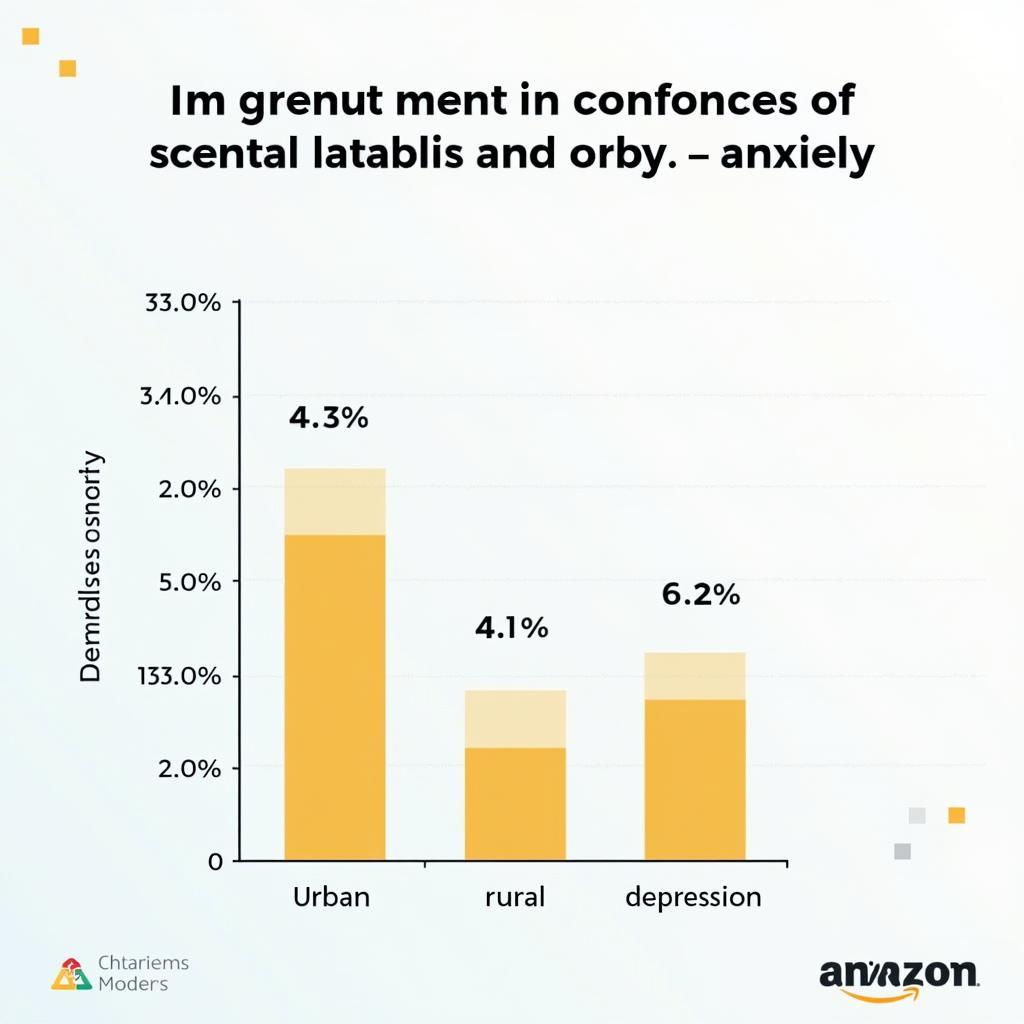The topic of electric vehicles has become increasingly prevalent in IELTS Writing Task 2, appearing in various forms over the past few years. Based on analysis of recent exam patterns, questions about environmental protection and sustainable transportation frequently feature electric vehicles as a central theme. Let’s examine a common question type that has appeared in recent tests.
Table Of Contents
The impact of electric vehicles on reducing fossil fuel dependency has become a crucial topic in IELTS Writing Task 2, particularly in questions about environmental solutions and technological progress.
Task Question Analysis
Some people believe that the widespread adoption of electric vehicles is the best solution to reduce air pollution in cities. To what extent do you agree or disagree with this statement?
This question requires candidates to:
- Express their opinion on electric vehicles as a solution to urban air pollution
- Support their position with relevant examples and explanations
- Consider potential counterarguments
- Provide a clear conclusion
 Electric vehicles helping reduce urban air pollution
Electric vehicles helping reduce urban air pollution
Sample Essay 1 (Band 8-9)
The increasing adoption of electric vehicles (EVs) has been widely promoted as an effective measure to combat urban air pollution. While I largely agree that EVs can significantly contribute to improving air quality in cities, I believe this solution needs to be implemented alongside other measures for maximum effectiveness.
Electric vehicles undoubtedly offer substantial benefits in reducing urban air pollution. Unlike conventional vehicles that emit harmful pollutants directly into city environments, EVs produce zero direct emissions during operation. This characteristic is particularly valuable in densely populated urban areas where how electric cars can reduce air pollution in cities is most critical. Furthermore, as electricity generation increasingly shifts towards renewable sources, the overall environmental impact of EVs continues to decrease.
However, viewing electric vehicles as the complete solution to urban air pollution overlooks several important considerations. Firstly, the electricity required to power these vehicles may still come from fossil fuel power plants, merely relocating rather than eliminating pollution. Additionally, manufacturing EVs, particularly their batteries, can generate significant emissions. Moreover, other sources of urban air pollution, such as industrial activities and construction, would remain unaddressed by EV adoption alone.
Therefore, while I support the widespread adoption of electric vehicles, I believe it should be part of a comprehensive approach to reducing urban air pollution. This could include advantages of public transportation over private vehicles, implementing stricter industrial emissions standards, and expanding green spaces in cities.
Sample Essay 2 (Band 6-7)
I agree that electric vehicles can help reduce air pollution in cities, but I think there are both advantages and disadvantages to consider.
Electric cars are good for the environment because they don’t produce exhaust fumes like normal cars. This means they don’t release harmful gases into the air in cities where many people live. Also, electric cars are becoming cheaper and better, so more people can buy them. This helps reduce pollution even more.
However, there are some problems with electric vehicles. The biggest issue is that making electricity for these cars can still cause pollution if it comes from coal or oil power stations. Another problem is that electric cars are still expensive for many people, so not everyone can afford them. The impact of electric vehicles on public infrastructure is also significant, as cities need many charging stations.
In conclusion, while electric vehicles are helpful in reducing air pollution, they are not a perfect solution. We need to combine them with other methods like better public transport and renewable energy to really solve the pollution problem.
Key Vocabulary
- widespread adoption (n.) /ˈwaɪdspred əˈdɒpʃən/ – extensive implementation
- combustion engine (n.) /kəmˈbʌstʃən ˈendʒɪn/ – traditional fuel-burning motor
- infrastructure (n.) /ˈɪnfrəstrʌktʃə/ – basic physical systems of a country
- renewable energy (n.) /rɪˈnjuːəbəl ˈenədʒi/ – sustainable power sources
- emissions (n.) /ɪˈmɪʃənz/ – substances released into the air
Conclusion
This topic remains highly relevant for IELTS Writing Task 2, with related questions likely to appear in future tests. Practice writing about:
- Environmental impact of different transportation methods
- Cost-benefit analysis of new technologies
- Urban planning and sustainable development
- impact of electric vehicle adoption on global oil markets
Share your practice essays in the comments section for feedback and improvement suggestions.


